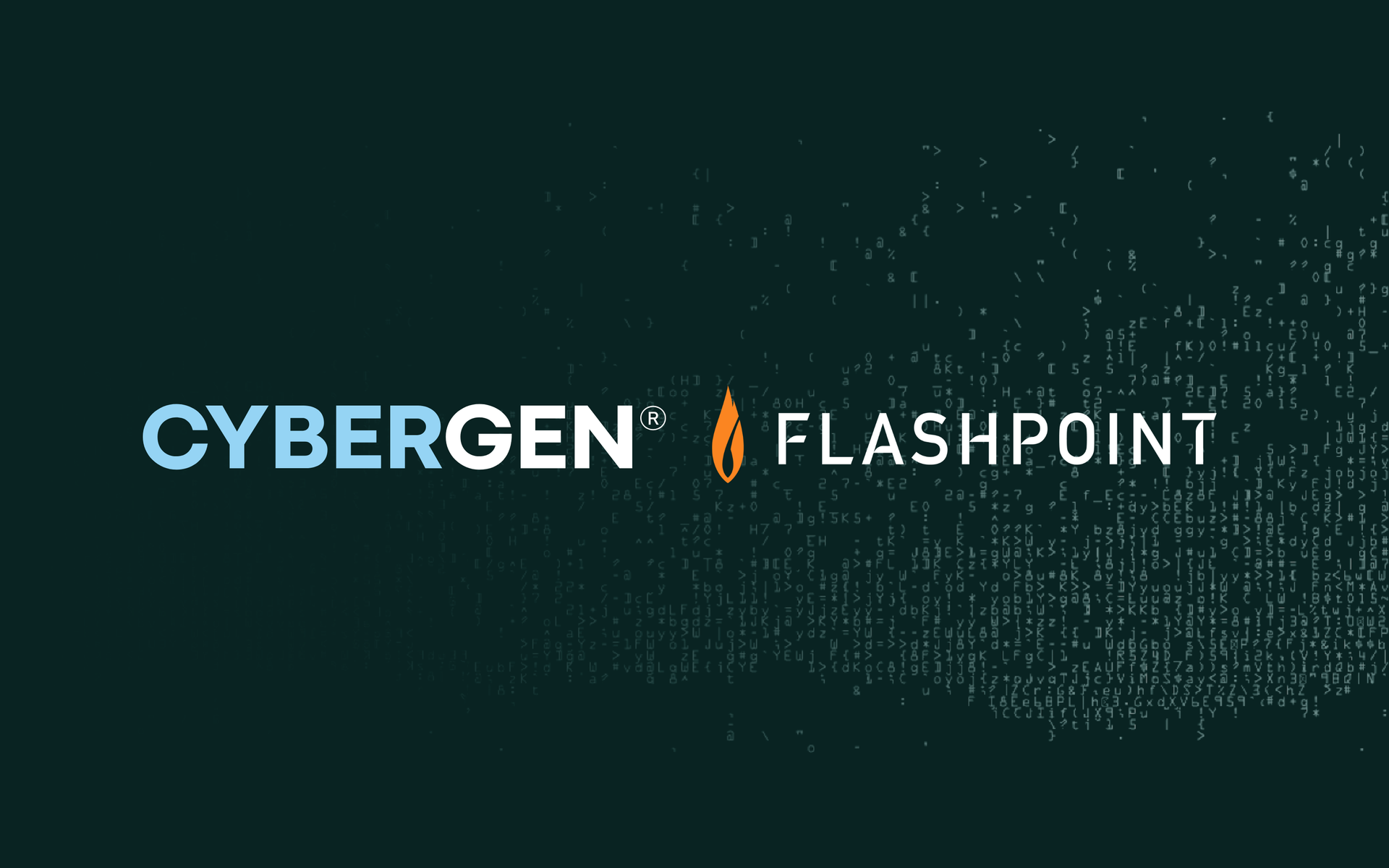Purple Teaming: Collaboration for Stronger Defences
Introduction
In today's rapidly evolving threat landscape, traditional cybersecurity strategies are no longer sufficient. Adversaries have become more agile and sophisticated, routinely bypassing conventional defences. To keep up, organisations are embracing Purple Teaming a collaborative approach that brings together offensive and defensive security teams to close gaps, share knowledge, and improve response times.
Unlike a standalone function, Purple Teaming is a methodology. It fosters structured collaboration between Red Teams (attackers) and Blue Teams (defenders), enabling real-time learning and iterative improvements. This integrated approach enhances detection accuracy, shortens response times, and aligns security efforts with business goals.
In this blog, we’ll explore:
- The distinct roles of Red, Blue, and Purple Teams
- How integrated simulations create feedback loops
- Key performance metrics to measure success
- How to build collaborative playbooks
- Real-world use cases and lessons learned
- Tools and frameworks that support Purple Teaming
- Common pitfalls and proven best practices
Understanding the Roles: Red, Blue, and Purple in Practice
Red Team: Emulating the Adversary
The Red Team plays the offensive role in cybersecurity. Their job is to simulate how real-world attackers—whether cybercriminals, nation-states, or hacktivists, would attempt to breach an organisation’s defences. These professionals think like adversaries and use the same techniques, tools, and procedures (TTPs) that would be found in genuine attacks.
Red Teamers commonly employ tactics such as:
- Phishing campaigns to gain initial access or harvest credentials
- Lateral movement to pivot through networks after gaining a foothold
- Privilege escalation to gain access to high-value systems
- Payload deployment, such as malware or remote access tools to establish persistence
Their mission is not simply to “win” or break in, it’s to reveal security weaknesses in a way that’s constructive. Red Teams provide vital insight into where organisations are vulnerable, how well defences respond, and what potential impact a real breach could have.
A mature Red Team doesn't stop at penetration. They produce detailed attack narratives, outlining each step taken and recommending remediations based on exploited gaps. Their work lays the foundation for improvement, but only if it's connected to an effective feedback loop.
Blue Team: Defending the Enterprise
Where the Red Team attacks, the Blue Team defends. These are the professionals who operate on the frontlines of an organisation's security infrastructure. Their daily mission is to detect, contain, and remediate threats before they cause damage.
Key responsibilities include:
- Monitoring logs and alerts through SIEM platforms
- Tuning detection rules to reduce false positives and catch real threats
- Conducting incident response to investigate and contain breaches
- Hardening systems and patching vulnerabilities to reduce the attack surface
The Blue Team often works under pressure, reacting in real-time to potential breaches. While they’re tasked with protecting the organisation, they can sometimes lack full visibility into the methods used by attackers, especially if the Red Team operates in a silo. That’s where Purple Teaming comes in.
Purple Team: Enabling Collaboration and Continuous Learning
The Purple Team is not just a separate entity but a collaborative mindset that fuses offensive and defensive expertise. Their goal is to bridge the gap between Red and Blue, facilitating structured exercises where both teams learn and improve together.
Rather than waiting for a Red Team to conduct a covert assessment and deliver a postmortem report, Purple Teams coordinate joint simulations, where Red shows how the attack unfolds, and Blue tests whether their tools and processes catch it in real time.
This dynamic interaction benefits both sides:
- Red learns which tactics are effective or detected.
- Blue sharpens their ability to identify threats early.
- Both sides align on common goals like faster detection and meaningful threat coverage.
Key advantages of Purple Teaming include:
- Shared understanding of attack vectors and detection techniques
- Faster learning cycles, as feedback is immediate
- Security maturity, gained through iterative improvement rather than isolated reviews
Ultimately, the value of Purple Teaming lies in its ability to transform security testing into security progress. It turns isolated efforts into a collective defence strategy, where every exercise strengthens the whole.
Red/Blue Exercises: The Core of Purple Teaming
Integrated Simulations
In traditional setups, Red Team assessments happen behind the curtain, with reports delivered weeks later. Purple Teaming flips this model. By conducting integrated exercises, like phishing campaigns, ransomware simulations, and credential attacks, both teams work side-by-side, learning together in real-time.
Real-Time Feedback and Learning
Instead of post-mortem reports, Red and Blue collaborate during the attack simulation. Red Teamers demonstrate TTPs while Blue Teamers assess if alerts are triggered, logs are captured, and response mechanisms are engaged. These shared sessions foster instant feedback and iterative tuning.
Benefits of Collaboration
- Faster feedback loops allow for immediate tuning of detection and response strategies.
- Joint visibility leads to better understanding of full attack chains.
- Iterative improvement turns one-off simulations into repeatable maturity cycles.
Key Metrics That Matter
Key Metrics That Matter
To ensure Purple Teaming adds value, it must be measurable. Here are the metrics that matter:
Detection Rate
Measures how many of the Red Team’s actions were detected by the Blue Team. It highlights visibility and alert coverage.
Mean Time to Detect/Respond (MTTD/MTTR)
How long does it take to detect and respond to incidents? Lower times indicate improved efficiency and preparedness.
Coverage Gaps Identified & Closed
Track how many security gaps were discovered and addressed post-exercise. This metric ties directly to risk reduction.
Attack Success vs Defence Accuracy
Compare the number of successful Red Team techniques against how many were blocked or neutralised. It reveals both offensive efficacy and defensive robustness.
Business Goal Alignment
Ensure every simulation and improvement maps to strategic business risks or compliance requirements.
Building Strong Purple Team Playbooks: Your Tactical Blueprint
A Purple Team playbook is more than just a document, it’s a dynamic, tactical blueprint that enables organisations to proactively test, detect, and respond to cyber threats through collaborative security exercises. A well-designed playbook brings clarity, repeatability, and purpose to your simulations, while driving meaningful improvements across your security posture.
While traditional Red or Blue Team operations often rely on static reports or siloed procedures, a Purple Team playbook bridges the gap. It outlines not just what will be tested, but how, why, and with what expected outcomes. It ensures Red and Blue Teams are operating from a shared understanding with clearly defined roles and deliverables.
Core Characteristics of a Strong Playbook
1. Scenario-Based and Realistic
Effective playbooks are grounded in real-world threat scenarios. Using structured frameworks like the MITRE ATT&CK matrix, Purple Teams can define attack techniques that map to known adversary behaviours. Scenarios such as credential harvesting, lateral movement, or command and control (C2) traffic should reflect the risks most relevant to the business.
2. Aligned with Security Goals
Every playbook must be tied to a strategic objective, whether that’s improving detection for a specific tactic, validating incident response, or reducing time to containment. Objectives should reflect the current maturity of the organisation and its most valuable assets.
3. Clear, Measurable Outcomes
A good playbook outlines what success looks like. This could include detecting an attacker within a set timeframe, triggering specific alerts, or validating the automated response of a SOAR platform. Without clear success criteria, it’s difficult to assess progress.
4. Audience-Aware and Actionable
Playbooks should serve both technical teams and leadership. That means including:
- Tactical details (tools, IPs, payloads) for Red/Blue Teams
- Summary metrics and outcomes for CISOs and stakeholders
- Language that is actionable, not theoretical
Sample Structure of a Purple Team Playbook
- Attack Scenario: Credential harvesting via phishing
- Objective: Test the organisation’s ability to detect and respond to a phishing attack targeting high-privilege users.
Tools Used:
o Red Team: KnowBe4 for phishing delivery, Cobalt Strike for payload deployment
o Blue Team: Email filters, EDR solutions, PowerShell script monitoring
Detection Strategy:
o Alert on suspicious email subject lines
o PowerShell command line logging
o Correlation rules in the SIEM
Response Plan:
o Quarantine affected workstation
o Notify SOC and user
o Investigate lateral movement attempts
o Document response time and resolution steps
Iterative Improvement and Collaboration
Great playbooks are not static—they evolve. After each simulation, teams should:
- Review what was detected, missed, or delayed
- Update detection rules or incident workflows
- Re-run the scenario to validate improvements
This feedback loop turns the playbook into a living document, constantly reflecting the current threat landscape and the organisation’s growing maturity.
Bonus: Integrating Automation and Intelligence
Modern Purple Team playbooks can also plug into:
- SOAR platforms for automating response steps like isolating devices or sending alerts
- Threat intelligence feeds to update IOCs dynamically
- Dashboards and metrics for visualising performance over time
Collaboration is Key
Red Teams define attack paths, Blue Teams draft detection logic. This joint authorship ensures both teams buy into the playbook and improve its effectiveness over time.
The Role of Automation & Threat Intelligence
Modern playbooks integrate with SOAR platforms and leverage threat intelligence feeds, enabling rapid, automated response to emerging threats.
Real-World Use Cases: Purple Teaming in Action
Finance: Speeding Up Detection in a Large European Bank
A leading European bank with a mature security operations center (SOC) faced challenges with visibility gaps in their SIEM. Despite having a strong investment in technology, the bank struggled with delayed threat detection and a high volume of false positives. They initiated a Purple Teaming programme to refine their detection capabilities, measure response efficiency, and eliminate blind spots.
The exercise began with a credential access simulation, where the Red Team used phishing to gain initial access and attempted lateral movement across internal systems. The Blue Team was tasked with detecting each stage in real time, while Purple facilitators captured gaps, guided knowledge sharing, and ensured the Red and Blue Teams aligned on outcomes.
Key results included:
- 40% reduction in Mean Time to Detect (MTTD) within six months
- Identification of previously undetected attacker behaviour in logs, leading to new SIEM rules
- Improved alert prioritisation, reducing noise and enabling faster triage
- Introduction of weekly joint retrospectives between Red and Blue Teams to continuously refine rules
By embedding Purple Teaming as a recurring practice rather than a one-off event, the bank’s SOC matured from a reactive to a proactive threat hunting model, with measurable improvements in both speed and accuracy.
Healthcare: Ransomware Readiness in a UK Provider
A mid-sized UK healthcare organisation was concerned about the rise in ransomware targeting the healthcare sector. While their incident response playbooks covered broad scenarios, the organisation lacked confidence in how well teams could respond under pressure, especially during lateral spread or data encryption phases.
To address this, they engaged in a Purple Team ransomware simulation, focusing on early-stage access, privilege escalation, and command-and-control (C2) establishment. The Red Team used simulated malware and common attacker TTPs (e.g., Mimikatz, scheduled tasks) while the Blue Team worked to detect, isolate, and respond in real time.
Results included:
- Development of a new rapid isolation playbook for infected endpoints
- Reduction in incident response time by 60%, verified in a follow-up simulation
- Enhanced EDR coverage and the addition of automated containment actions in their SOAR platform
- Strengthened collaboration between IT, SOC, and executive leadership through simulation debriefs
This exercise not only helped improve detection but also built cross-functional confidence in the organisation’s ability to respond during a real-world crisis. It also aligned technical improvements with clinical service continuity goals, essential in a healthcare setting.
Lessons Learned from Both Engagements
Across both industries, several key themes emerged that organisations of any size can apply:
- Start with a single, well-scoped scenario: Focused simulations are easier to execute and measure. Trying to “boil the ocean” dilutes effectiveness.
- Secure executive buy-in early: Leadership support enables access to resources, visibility, and commitment to long-term improvements.
- Give Red and Blue equal voice: Purple Teaming only works when both sides collaborate, share insights openly, and have mutual respect.
- Focus on iteration, not perfection: Improvements come from repeated runs, not from getting everything right the first time.
- Document and share findings clearly: Playbooks, metrics, and debrief reports become powerful tools for scaling Purple Teaming efforts.
Tools & Frameworks Supporting Purple Teaming
Purple Teaming thrives when powered by the right ecosystem of tools that support collaboration, automation, and repeatable testing.
MITRE ATT&CK
The gold standard for adversarial behaviour mapping, MITRE ATT&CK offers a structured framework of tactics, techniques, and procedures (TTPs) observed in real-world attacks. It provides a common language for Red and Blue Teams, enabling shared understanding of threat coverage and detection gaps.
Caldera
Developed by MITRE, Caldera is an open-source platform for automated adversary emulation. It allows Red Teams to run realistic attack chains while giving Blue Teams opportunities to test and refine detections in a controlled, repeatable environment.
Atomic Red Team
A lightweight, modular library of small-scale tests designed to validate specific TTPs from the ATT&CK framework. It’s perfect for quick, targeted simulations that verify whether security controls are working as intended.
SIEM & SOAR Platforms (e.g., Splunk, Microsoft Sentinel, IBM QRadar)
These tools centralise logging, alerting, and automated response. They are essential for Blue Teams to detect and respond in real time during Purple exercises.
Collaboration Tools (MISP, Jira, Slack)
These platforms streamline communication, threat sharing, and task management, helping Red and Blue Teams stay aligned throughout planning, execution, and review.
Breaking Barriers: Overcoming Challenges & Establishing Best Practices
Common Pitfalls
- Siloed operations: When Red and Blue don’t interact or trust each other.
- Misaligned objectives: If success isn't clearly defined together.
- Lack of follow-up: Exercises without remediations or metrics fail to deliver value.
Best Practices for Purple Teaming
- Build trust through shared goals, retrospectives, and transparency.
- Start small and iterate to prove value before scaling.
- Involve stakeholders early to align Purple Teaming with business outcomes.
- Debrief often to identify gaps and update playbooks and detection rules.
Summary
Purple Teaming transforms adversarial testing into collaborative growth. By bringing Red and Blue Teams together, organisations gain real-time insights, close security gaps faster, and mature their cyber defences with purpose.
Start small. Collaborate continuously. Measure what matters. And scale your efforts to build truly resilient defences.
Ready to strengthen your security posture? Contact us today for more information on protecting your business.
Let's get protecting your business
Thank you for contacting us.
We will get back to you as soon as possible.
By submitting this form, you acknowledge that the information you provide will be processed in accordance with our Privacy Policy.
Please try again later.








